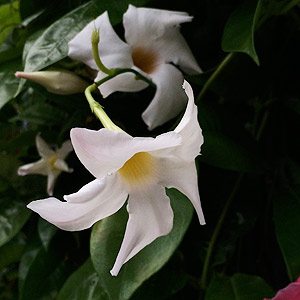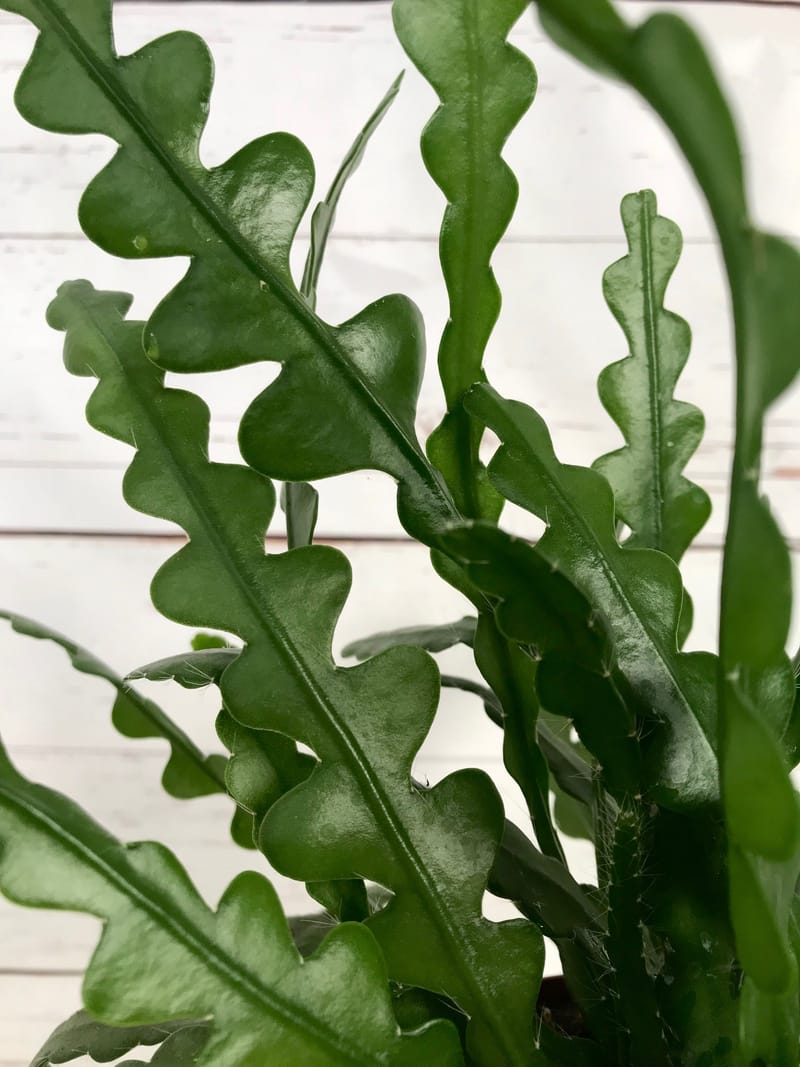Today’s topic is Mandevilla Plant Care In Winter. Obviously, you can find a great deal of Mandevilla Indoors For Winter-related content online. The proliferation of online platforms has streamlined our access to information.
There is a connection between the Mandevilla and dipladenia, magnificent sisters and Mandevilla Care In Pots information. more searching has to be done for Mandevilla Indoors For Winter, which will also be related to Mandevilla Vine.

24 Unexpected Facts About Mandevilla Plant Care In Winter | Pictures Of Dipladenia In Containers
- – dipladenia grows into more bushy, shrub-like shapes, and branches out more naturally than mandevilla. Mandevilla tends to grow further and longer and needs pinching to branch out. Leaf shape – somewhat narrower on dipladenia compared to mandevilla. Deeper green on dipladenia - Source: Internet
- Indoors, mandevillas need curtain-filtered or bright indirect sunlight. Provide night temperatures of 60 to 65 °F and day temperatures above 70 °F. Plant in a mixture of equal parts peat moss, potting mix and builder’s sand. In spring and summer, feed every two weeks with a fertilizer high in phosphorus such as 10-20-10. - Source: Internet
- When potted, mandevilla and dipladenia need a lot of air moisture. It likes being placed on a bed of constantly moist gravel or clay pebbles. This recreates its moist, native tropical environment. - Source: Internet
- You’ll find mandevilla vines in pots at local nurseries and garden centres. Wait for warmer weather before planting the flower outdoors, as it doesn’t like to grow in cold conditions. Look for a sunny location that offers protection from the wind and grow the plant there. - Source: Internet
- Dipladenias thrive in warm temperatures. They are not very cold tolerant plants and are not frost-hardy. These tropical plants should be kept at temperatures above 65℉ (18.3℃). If temperatures drop below this, the plant will need to be overwintered indoors. - Source: Internet
- As pretty as these plants may be, not everyone has space to grow a mandevilla vine along their wall or in their garden. This is where mounding mandevilla comes in. This type of mandevilla plant grows in such a way as to grow both vertically and horizontally, creating a rounded mound-like appearance so as to take up little space. They don’t need support as they don’t grow upwards and only reach a height of 45 centimetres. - Source: Internet
- Bloom Time: Spring until first frost This versatile selection has a vining bushy habit that can be maintained with minimal pruning. Use as a foundation planting, mass in the landscape, in a hanging basket, as edging along a rock wall, or in a container. The showy tubular flowers are vibrant rosy pink with a yellow throat. Blooms over an exceptionally long time. Photo by: Alybaba /Shutterstock White mandevilla - Source: Internet
- The plant prefers warmer climates where they can grow up to 6 metres tall. In colder climates, mandevilla plants will only grow to around 1.5 metres in length. - Source: Internet
- Spring is the best season for pruning mandevilla. It keeps producing new stems and flower buds during the growing season. Unlike other shrubs, this vine doesn’t create flower buds that need to go through winter to bloom, so you won’t be pruning flower buds away. - Source: Internet
- Flowers can be seen in the UK up to Christmas if the plant is given the correct conditions as an example please bring it in doors before first frosts and place in a well lit area free from frosts and an ideal temperature of min 5°C (42F), a heated greenhouse or conservatory is an ideal environment to ensure sure further flowering, large bright window, patio door ways and finally protected porch which must again have good light. Conservatories do not have to be heated, just ensure you keep the plant at the front of the room to ensure it gets as much light as possible, in our own conservatory in the winter 2010 without heat plants continue to survive even with outside temperatures going down to -15C in January, the temperature did go down to -4C inside but because no ice formed on the foliage and the critical point the plants were kept very dry . It is very rare if the plants will wilt. - Source: Internet
- While indoors, mandevilla care is important. The plant needs to remain slightly moist and protected from pests such as flies, aphids, scale, and other insects. Once the cold period is over, you can move them back outside. - Source: Internet
- When outdoor temperatures drop to 50 degrees, bring plants indoors for the winter. Place in a window with bright indirect light and cease fertilizing. Don’t overwater and check each plant carefully for pests. Move back outdoors when nighttime temperatures are consistently 50 degrees F or warmer. - Source: Internet
- Much of this winter management will be trial and error for the first-time grower. Do not feed the plant during the winter as you don’t want to promote vine growth. Keep soil evenly moist; spray-mist the plant several times daily. Most plants like the extra moisture during the winter growing conditions Use only water at room temperature. - Source: Internet
- Water moderately, taking care not to overwater, yet being consistent in water supplied over time during the spring and summer. Make sure that the water can always drain away freely. In winter, watering needs will be significantly lower and you should reduce watering accordingly until spring. - Source: Internet
- When grown in optimal conditions outdoors, mandevilla is virtually free of pests and diseases. Plants that are overwintered indoors are more susceptible to pests, including aphids, scale, mealybugs, spider mites, and whitefly. For infestations, apply an insecticidal soap or neem oil according to instructions. Repeat as necessary. - Source: Internet
- – mandevilla tends to reach upwards, whereas dipladenia will fall over and crawl down. Dipladenia can hold a bush shape with no staking. Shrub – dipladenia grows into more bushy, shrub-like shapes, and branches out more naturally than mandevilla. Mandevilla tends to grow further and longer and needs pinching to branch out. - Source: Internet
- Outdoors, grow mandevillas in partial shade. They need rich, well-drained, sandy soil with humus added. Provide a frame, trellis or stake for support. Pinch young plants to induce bushiness. - Source: Internet
- Cultivating mandevilla from seed is simple. Growth is most often achieved using fresh seeds extracted from dried out pods. It’s recommended that you soak the dandelion-like seeds in water for 12 hours before planting. - Source: Internet
- In late winter or early spring, before plants begin producing new growth, cut plants back by up to a third of their size. Remove dead or diseased branches and shape as needed. To encourage a fuller and bushier habit, pinch back stem tips. Plants bloom on new growth, so pruning later in the season can result in a loss of flower buds. Mandevilla flowers are self-cleaning, so plants don’t need deadheading. - Source: Internet
- The soil needs to be rich in nutrients and well-watered to ensure proper mandevilla vine growth and blooming. They’ll grow pretty fast in warm conditions, so keep an eye on the soil to ensure it doesn’t dry out. Additionally, add organic plant food and fertiliser to the soil every two weeks. - Source: Internet
- While the plant is in the garden or on the patio or balcony, all you really need to do is to train the tendrils through the plant or place them against the climbing aid from time to time. No further pruning is required during the growing and flowering season. The plant can be pruned back somewhat for overwintering before being placed in its winter location. This can also be done at the start of the new growing season in February. This is done particularly to ensure that the plant does not get too big, and to maintain an attractive shape. - Source: Internet
- Bloom Time: Summer to fall Also called vanilla bean vine, the pure white flowers 2-1/2 inches across exude a pleasing vanilla scent. Long bean-like pods similar to vanilla bean follow the flowers. Use this spreader as a screen, or plant in a container on a patio or deck to enjoy the fragrance up close. Hardier than most other mandevillas. Photo by: Shoriful_is /Shutterstock ‘Red Riding Hood’ - Source: Internet
- Native to Central and South America, mandevilla is a popular patio plant that is especially suited to containers. This tender perennial can be grown outdoors year-round in frost-free areas, treated as an annual in colder climates, or overwintered from year to year as a houseplant. Here’s how to grow and display this low-maintenance vine in your landscape. - Source: Internet
- Grow mandevilla vines trellised up a lamppost, arbor, fence or trellis. Place this showy flower where they’re protected from cold winds and weather, but still are very visible. Consider planting colorful, warm weather loving flowers, such as lantana, tropical hibiscus and coleus, near this vine. - Source: Internet
 Following are some suggestions on where to begin your search for data on Mandevilla and dipladenia, magnificent sisters:
You should try to find Pictures Of Dipladenia In Containers-related information from reputable places. Libraries, online resources, and even paid journalists all fall under this category.
Following are some suggestions on where to begin your search for data on Mandevilla and dipladenia, magnificent sisters:
You should try to find Pictures Of Dipladenia In Containers-related information from reputable places. Libraries, online resources, and even paid journalists all fall under this category.It’s crucial to be aware of the many electronic media sources available when researching dipladenia mandevilla plant care winter, such as Google and YouTube. You may also get info about Mandevilla Plant Care Uk on social media sites like Facebook and Twitter.
Video | Mandevilla Plant Care In Winter
It’s crucial to read to examine the authenticity of each source in order to acquire the greatest information regarding Overwinter Mandevilla In Garage. You’ll learn more about Can Dipladenia Survive Winter after watching the films included in this post, which come from a variety of different sources. Information on a wide range of topics may be easily accessed via the internet.
## Notable features of Dipladenia In Containers include:- Mandevilla Plant Care In Winter
- Mandevilla Plant Care Winter Uk
- Mandevilla Vine Care Winter
- Dipladenia Mandevilla Plant Care Winter
- Mandevilla Indoors For Winter

Because there are so many websites and forums that provide information about Mandevilla Indoors For Winter, it should not be difficult for you to locate the data that you want.
The majority of individuals are accustomed to taking a completely different approach when it comes to obtaining information regarding How To Prune A Mandevilla Plant For Winter. This makes it possible to take a more in-depth look at the information that is available about Will Mandevilla Come Back After Winter and how it might be utilized.

methods for producing information displays about How To Prune A Mandevilla Plant For Winter that are both aesthetically pleasing and functional. In commercial and marketing settings, as well as for the purpose of conveying information on Mandevilla Plant Uk, they are useful tools to have. Because of this, we also supply some photographs relating to How To Prune A Mandevilla Plant For Winter.
In summing up, I’d like to say that this article offers a general summary of How To Prune A Mandevilla Plant For Winter. Also covered are Dipladenia Winter Care Uk and Overwinter Mandevilla In Garage, which serve as a benchmark for evaluating the depth of your understanding of Mandevilla and dipladenia, magnificent sisters.